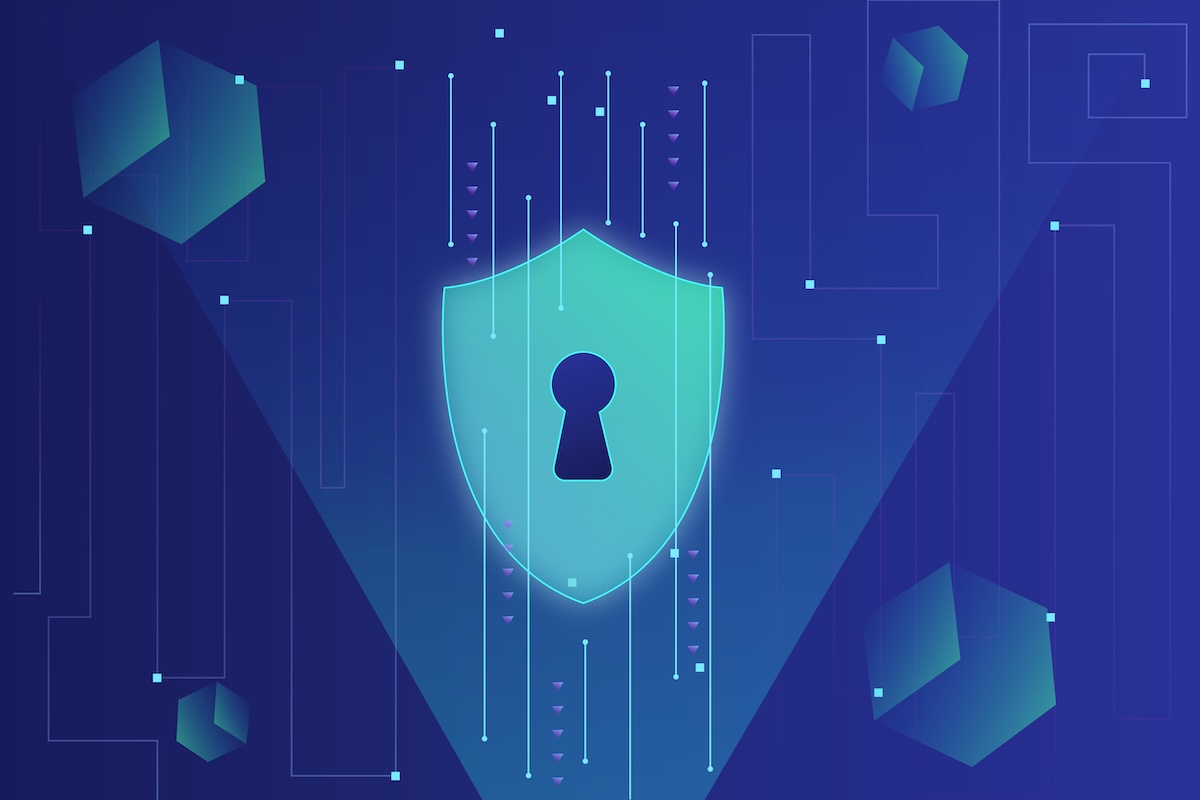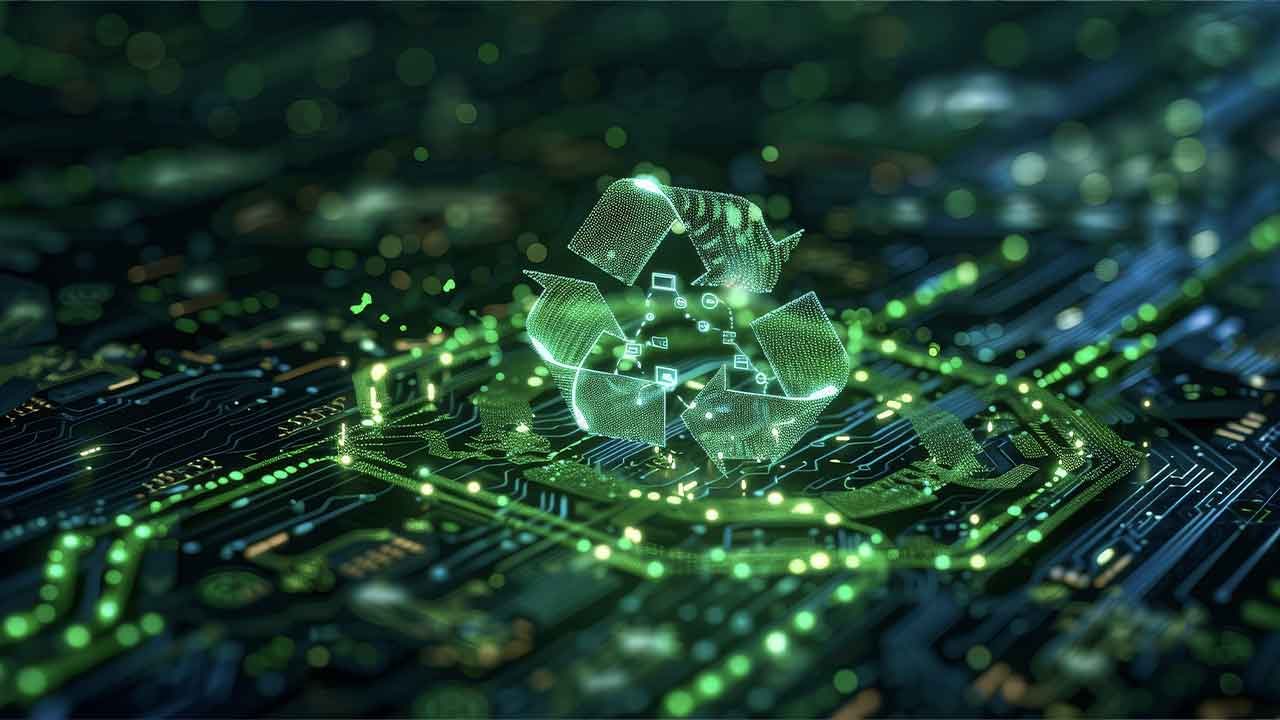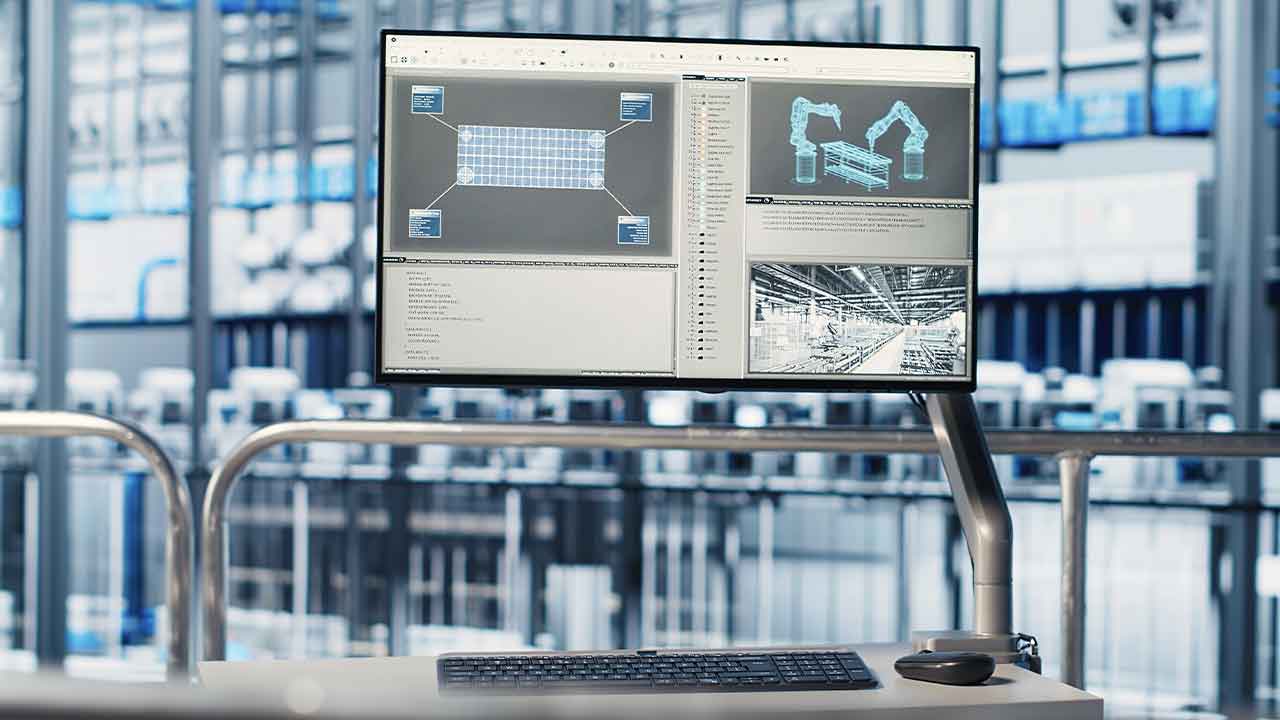Navigating Regulatory and Technological Shifts in IIoT Security
The Industrial Internet of Things (IIoT) has revolutionized manufacturing, offering unprecedented connectivity and efficiency. However, this connectivity brings significant cybersecurity challenges. As manufacturers integrate IIoT into their operations, understanding and navigating regulatory and technological shifts becomes essential for maintaining robust security.
The Impact of Global Regulations on IIoT Security
Global regulations play a pivotal role in shaping the cybersecurity landscape for IIoT. The European Union’s Cyber Resilience Act (CRA) is a prime example, setting stringent requirements for manufacturers supplying products to Europe. By January 2027, companies must meet comprehensive standards addressing security features, vulnerability management, and supply chain security. This regulation not only enhances security within Europe but also influences global practices, as multinational companies align their products to meet these standards worldwide.
Megan Samford from Schneider Electric emphasizes the importance of these regulations, highlighting that they ensure a baseline of security features in products, such as event logging and secure firmware. The CRA’s requirements for third-party certification further validate the security measures implemented by manufacturers, fostering a more secure IIoT ecosystem.
Adapting to Technological Advances in IIoT
Technological advancements in IIoT bring both opportunities and challenges. Ellen Boehm from Keyfactor points out the need for robust authentication and identity management to secure the myriad of connected devices. Implementing technologies like public key infrastructure (PKI) and secure communication protocols is critical to ensure that only authorized devices and users can access sensitive systems and data.
Eric Byres from aDolus Technology underscores the importance of understanding what software and firmware are running on IIoT devices. He notes that many vulnerabilities stem from outdated or poorly managed software components. To address this, manufacturers must adopt practices such as software bill of materials (SBOMs) to maintain an inventory of all software components and their origins, ensuring that any potential risks are identified and mitigated promptly.
Proactive Risk Management Strategies
Proactive risk management is essential for navigating the complex IIoT security landscape. Manufacturers must adopt a holistic approach that includes thorough asset management, continuous monitoring, and regular security assessments. Ensuring that all devices, from programmable logic controllers (PLCs) to IP cameras, are accounted for and secured is fundamental to preventing unauthorized access and potential breaches.
Megan Samford advocates for comprehensive asset inventories and proper network segmentation to reduce attack surfaces. This approach helps in identifying and isolating vulnerabilities before they can be exploited, thereby enhancing the overall security posture of industrial environments.
Collaborative Efforts for Enhanced Security
Collaboration among industry stakeholders is vital for enhancing IIoT security. Component manufacturers, control system vendors, system integrators, and operators must work together to establish and maintain secure industrial environments. Frameworks like IEC 62443 provide valuable guidelines for securing IIoT systems, emphasizing the need for secure development lifecycles and the integration of diverse technologies.
Ellen Boehm highlights the importance of industry-wide cooperation, where competitors come together to develop best practices and frameworks that benefit the entire sector. This collaborative approach ensures that security measures are not only comprehensive but also adaptable to the rapidly changing technological landscape.
The journey towards securing IIoT environments is multifaceted, requiring manufacturers to navigate regulatory requirements, technological advancements, and proactive risk management strategies. Global regulations like the EU’s Cyber Resilience Act set critical standards that drive industry-wide improvements. At the same time, technological solutions such as PKI and SBOMs play essential roles in maintaining the integrity and security of connected devices.
By adopting a collaborative approach and leveraging robust security frameworks, manufacturers can create resilient IIoT ecosystems that withstand evolving cyber threats. The collective effort of all stakeholders is paramount to ensuring the secure and reliable operation of industrial environments in this new era of connectivity.
This article was written based on the insights provided by Ellen Boehm, SVP of Global IoT Strategy & Operations, Keyfactor, Megan Samford, VP, Chief Product Security Officer – Energy Management, Schneider Electric, and Eric Byres, CTO and Board Member, aDolus, during the IIoT World Manufacturing Days. The “Fortress Factory: The Critical Importance of Cybersecurity in the IIoT Era” session was moderated by Patrick C Miller, CEO, Ampyx Cyber. For more insights, watch the video.



